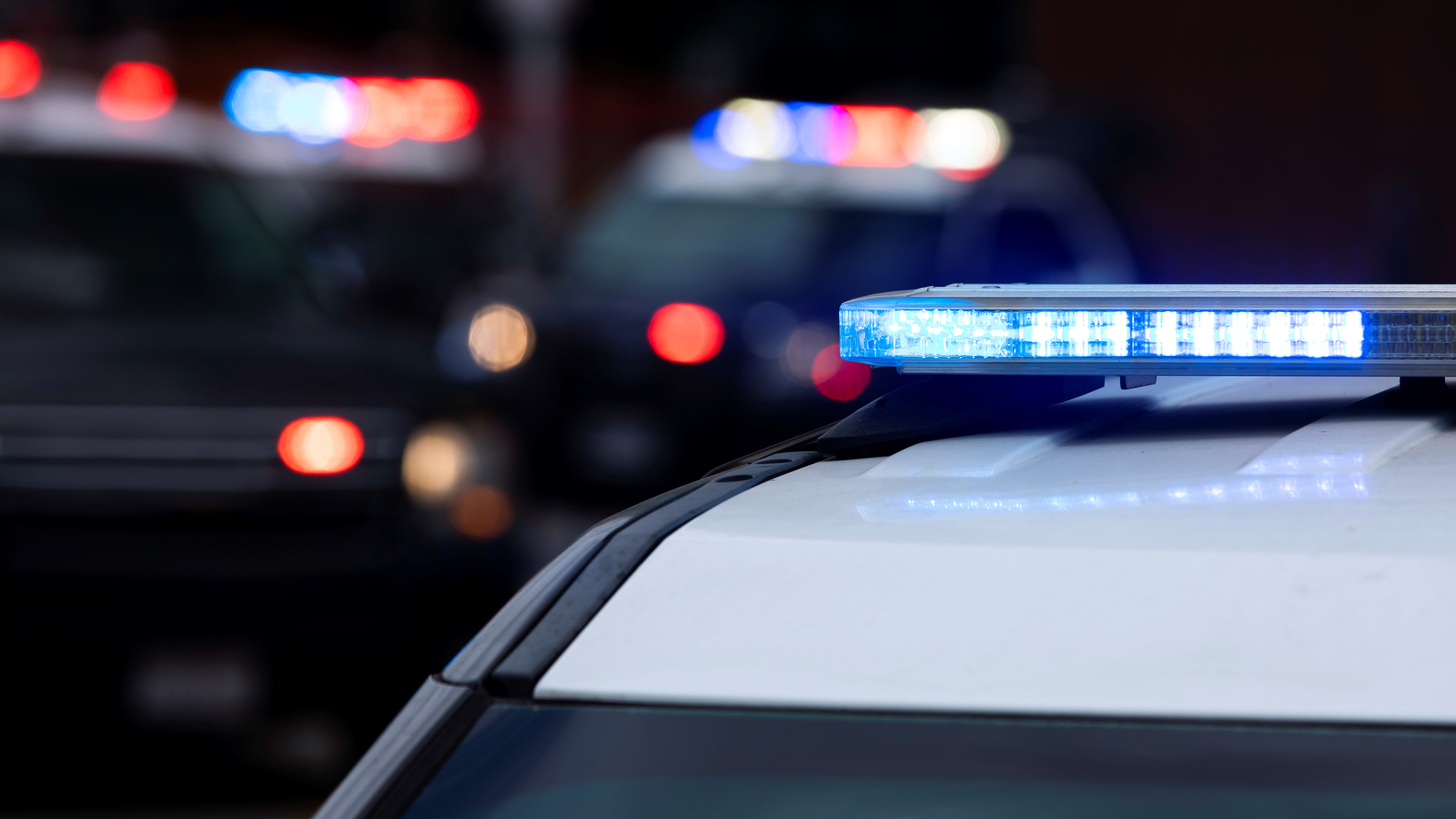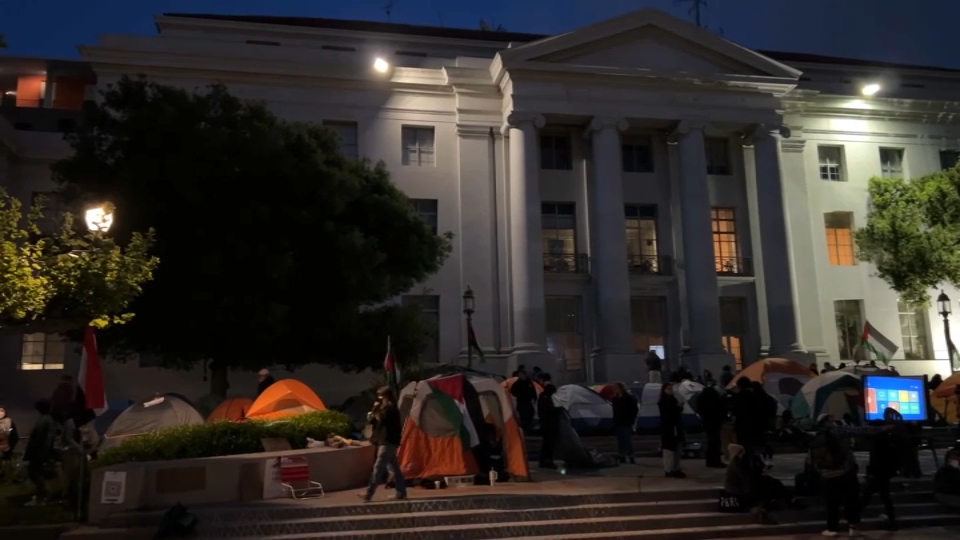| By Matt Smith and Katharine Mieszkowski |
| Center for Investigative Reporting |
| Publish date: Nov. 13, 2013 |
Despite six years of U.S. Navy cleanup and San Francisco city government reassurances that Treasure Island is safe, children living there might be at risk of radioactive poisoning, a newly released state health department memo concludes.
Earlier this year, California Department of Public Health workers discovered radioactive shards buried in public lawns near occupied apartment buildings on the island’s west side. One small octagonal object was so hot that holding onto it for an hour could cause radiation burns, hair loss and possible ulceration, according to the memo.
MORE: Treasure Island Soil Tests Find Nuclear Byproduct in Future Development Site
That region of the former military base now is home to a playground, landscaped recreation areas and apartments. It is slated to be turned over to the city, which plans to build an 8,000-unit high-rise development there.
Local officials overseeing the turnover of the former base distributed a letter in March to the island’s 2,000 residents in an attempt to assuage fears. It said low-level radioactivity in the soil near their apartments did not pose a health threat.
The letter did not mention the dangerously radioactive shards that had been found or the fact that state regulators feared there could be more.
Local
However, in a strongly worded internal memo, written in June and updated in September, state health officials warned that there was no guarantee the area was safe and that findings indicated there still might be dangerous radioactive waste in the ground where children could find it.
“Further evaluation should be made of the probability of a member of the public, especially critical members of the population (for example, children,) picking up a radioactive fragment and being exposed,” said the internal memo, obtained this month by The Center for Investigative Reporting through a Public Records Act request.
Written by Roger K. Lupo, chief of the agency’s radiological assessment unit, and associate health physicist Victoria Brandt, the memo was addressed to Jerry Hensley, chief of the public health agency’s strategic planning and quality assurance section.
The former Treasure Island Naval Station was opened for civilian use in 1999. Some of the military housing was converted to subsidized rentals for low-income San Franciscans.
Three of Michael Francis’ children live in Villages at Treasure Island, the name given to the former military housing subdivision on the island’s west side. Francis said he’s long believed there was something missing from official descriptions of the island.
“There are things about Treasure Island that always seemed too good to be true,” he said. “I guess that this is the too-good-to-be-true part.”
Every weekend, families from around the region flock to the baseball fields along Treasure Island’s eastern side for Little League games. Outfielder Cole Scott, 13, said fly balls often have sailed into fenced areas posted with radiation warning signs. And he said people just as often climbed over the fence to fetch them.
Of the recent discovery of radium fragments and health officials’ concerns, Cole’s father, Tom Scott, said: “I usually trust the government. And I have to assume it’s safe if kids can get access to it. But I know kids pick up stupid stuff all the time. And if there are highly radioactive pieces in the soil, of course that concerns me.”
The cleanup plan has called for the Navy to remove chemical and radioactive toxins, then sell the land for about $105 million to the city. The city, in turn, would transfer parcels to developers for a projected $1.5 billion mixed-use community.
In preparation for cleanup, a 2006 Navy historical analysis suggested there was little to indicate the former base was contaminated with significant radioactive waste.
But in 2008, a radioactive waste cleanup worker blew the whistle to regulators about what he considered an imminent risk to children posed by mysterious pieces of radium-226 turning up in the soil. According to an email state radiation specialist Kent Prendergast sent to colleagues on June 25, 2008, contract worker Robert McLean had called to warn that radioactive fragments he’d found “could represent a hazard to children.”
“The more people that investigate, the more they find out that the Navy just covered up,” McLean said last week. He believes his earlier concerns largely were ignored.
The Navy has suggested at various times that the radioactive shards were glow-in-the-dark buttons from the 1939-40 Golden Gate International Exposition held on the island or perhaps markers from the decks of military ships. Regulators have speculated that the shards might have been buried in the soil decades ago to train sailors to use Geiger counters, which measure radiation.
As reports emerged of more shards and a botched radioactive waste cleanup, the state health department repeatedly urged the Navy to conduct comprehensive tests for radioactive waste, arguing that not doing so could endanger both current and future residents.
State radiation health physicists have told CIR that the Navy rebuffed these pleas.
Officials have no way of knowing how many shards remain on the island. But as of 2011, a total of 575 had been unearthed, according to internal health department emails.
The new memo again emphasizes that tests have not been thorough enough to evaluate whether the apartment areas are safe.
Aside from warning that children might find radioactive shards, the memo notes that soil just under the grass was laced with low concentrations of radium, making it possible that decorative shrubs in the area might have absorbed radioactive material.
On Sept. 3, the Navy issued a notice that contractors would spend 10 weeks testing apartment buildings’ yards, carports, roads, sidewalks and grassy areas for radioactive waste.
Officials with the Navy and state health department did not respond to questions, including whether the additional testing satisfies regulators’ concerns.
CIR sent San Francisco Mayor Ed Lee’s development director for Treasure Island a list of specific questions, including whether the city shared state regulators’ concerns. Bob Beck responded with a statement saying the city “continues to review and respond to all reports” from regulators and the Navy.
Supervisor Jane Kim, whose district includes Treasure Island, said in a prepared statement: “The Navy needs to investigate any new developments or findings, and I will be asking that the state hold them to a high standard.”
MORE: Navy Tried to Stifle T.I. Radiation Concerns
Two years ago, attorney Tony Gantner testified at Treasure Island environmental hearings that the military was claiming the island was clean, without having done adequate testing. He feels vindicated, he said, by the information that has emerged since then.
“It’s amazing. Every six months, there’s new stuff that comes out,” Gantner said. “It’s endless. It’s shocking,”
This story was edited by Amy Pyle. It was copy edited by Nikki Frick and Christine Lee.
The independent, nonprofit Center for Investigative Reporting is the country’s largest investigative reporting team. For more, visit www.cironline.org. The reporters can be reached at msmith@cironline.org and kmieszkowski@cironline.org.



